
Keep Your Caravan Dry:
Prevent and Tackle Damp & Mould Problems
By Anna Jones at Eversure,
4 November 2024, 15 min read
Are you planning to spend time in your caravan this winter, or is it sitting in your driveway or garage, waiting for summer? Whether you're using a touring caravan or have a static one, damp, mildew, and mould can become common issues during the colder months, even if you store it for winter. Read this guide on how to prevent damp in your caravan and how to tackle it effectively if it does occur.
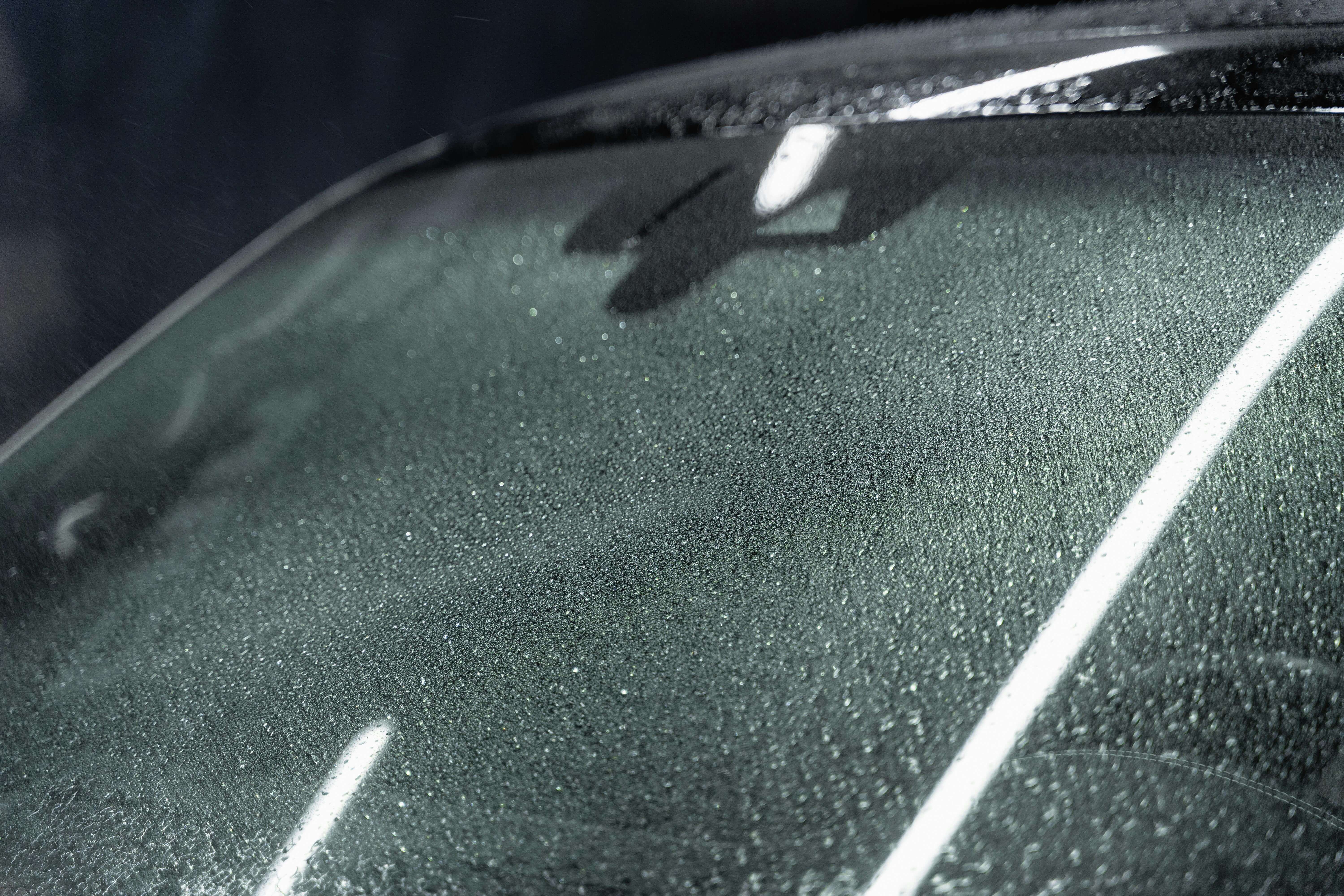
What is Mould?
Mould is a microscopic fungus that grows and thrives in damp, humid environments. Mould spores are present everywhere and are released in vast quantities into the air. It tends to grow in places with high moisture levels making it a common issue in caravans. The combination of dampness and warmth with materials like wallpaper, wood and carpet creates the ideal conditions for mould to grow.
What Causes Mould?
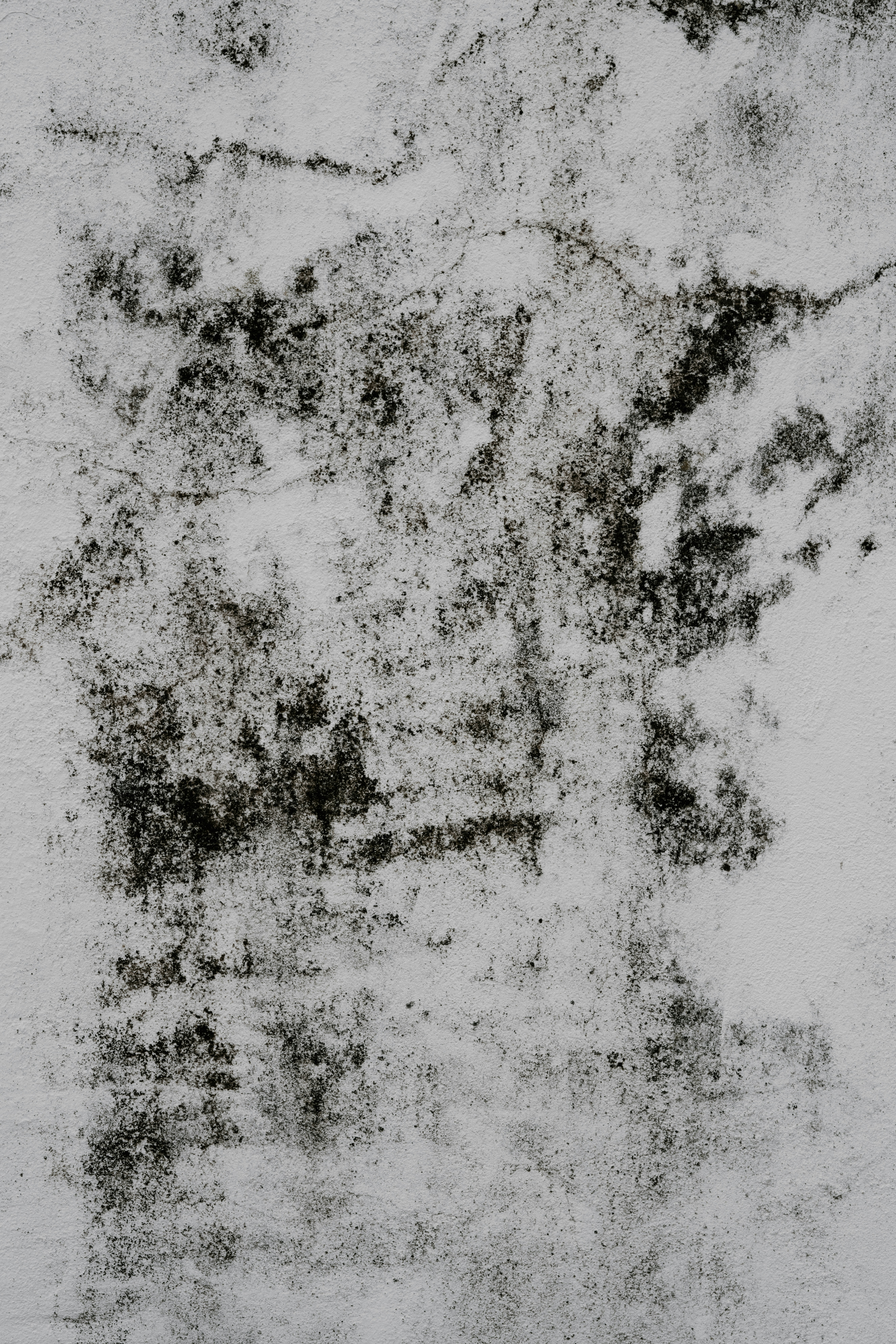
Mould spreads through microscopic spores that travel through the air. When the spores find a surface with sufficient moisture and a source of nutrition, they rapidly grow into a large colony.
Mould typically forms in damp areas of caravans. It grows in damp patches where moisture from the air has soaked into the surface. Bathroom walls, ceilings and areas with high levels of humidity are especially prone to mould growth.
When the air temperature drops, water vapour is released onto cold surfaces, forming droplets of condensation that lead to damp patches – the perfect environment for mould to thrive.
Why Does Damp and Mould Get Worse in Winter?
Mould is more likely to spread during winter months as the temperature difference between the warm air in your home and the cold outdoors is larger. As a result, you will often find more condensation on your windows and exterior walls.
Winter also brings higher indoor humidity as we heat our caravans. When this warm air meets cold surfaces, such as windows, walls and ceilings, it cools down and forms condensation. Excessive condensation leads to dampness, particularly on permeable surfaces like wallpaper and porous plaster, which absorbs moisture and can make the issue harder to detect. Everyday activities such as cooking, showering and even breathing add moisture to the air increasing the risk of condensation and damp.
Additionally, if your caravan isn’t properly waterproofed, moisture from outside can easily seep in. Damp weather can exacerbate this problem, as leaks or structural gaps become more prone to letting in moisture. Lower winter temperatures also make it harder for accumulated moisture to dry out, allowing dampness to last longer.
In winter, we tend to spend more time indoors keeping windows and doors closed to retain warmth and conserve heat. As a result, ventilation and airflow are reduced. Moist, stale air becomes trapped which creates ideal conditions for dampness and mould growth.
With reduced ventilation, condensation has nowhere to evaporate causing moisture to build up inside. This trapped moisture eventually turns into damp patches, leading to mould growth. The increased concentration of mould spores and airborne pollutants can then be inhaled or come into contact with your eyes, nose or mouth and pose potential health risks.
Some damp issues are caused by moisture entering through cracks or damage to the exterior (penetrating damp) or moisture rising from the ground through the walls (rising damp). Both can contribute to persistent dampness inside your caravan.
Why is Mould Bad?
Preventing damp and mould is essential, as both can have serious impacts on your health. Mold exposure can affect individuals in various ways, depending on sensitivity, level of exposure, and the strength of the immune system. It's important to minimise mould exposure to reduce the risk of health problems, which can range from mild allergic reactions to more serious respiratory issues.
Common health effects of mould exposure include:
Allergic reactions: Sneezing, runny nose, red eyes and skin rashes.
Asthma attacks: Coughing, wheezing and shortness of breath.
Respiratory infections: Conditions like bronchitis, pneumonia, sinusitis.
Immune system suppression: Increasing vulnerability to other infections.
Fungal infections: Such as aspergillosis, which can affect the lungs, sinuses, or other organs.
Some groups of people are at higher risk of developing more serious health problems from mould exposure, especially if they have a weaker immune system or pre-existing conditions. If any of the following are staying within your caravan that you suspect mould is present, then it is crucial you treat the problem immediately:
Babies and young children
Older people
People with existing skin problems, such as eczema
People with existing respiratory problems, such as allergies and asthma
People with a weakened immune system, such as those undergoing chemotherapy
Reducing exposure to mould is key. If left untreated, mould will continue to spread and will increase potential health risks. It’s essential to remove mould from your caravan thoroughly, and with caution to protect your health and living environment.
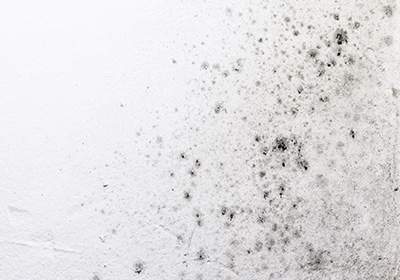
What Does Mould Look Like?
Signs of mould typically include fuzzy black, white, or green patches on walls, accompanied by a damp, musty odour. However, mould isn't always easy to recognise. It can often appear as a stain, smudge, or discolouration rather than the typical ‘fuzz’. The most common moulds are black, green, or white, but mould can take on a variety of colours, including grey, orange, or brown, and may change appearance as it grows and matures.
How Do I Prevent My Caravan from Getting Damp and Mouldy?
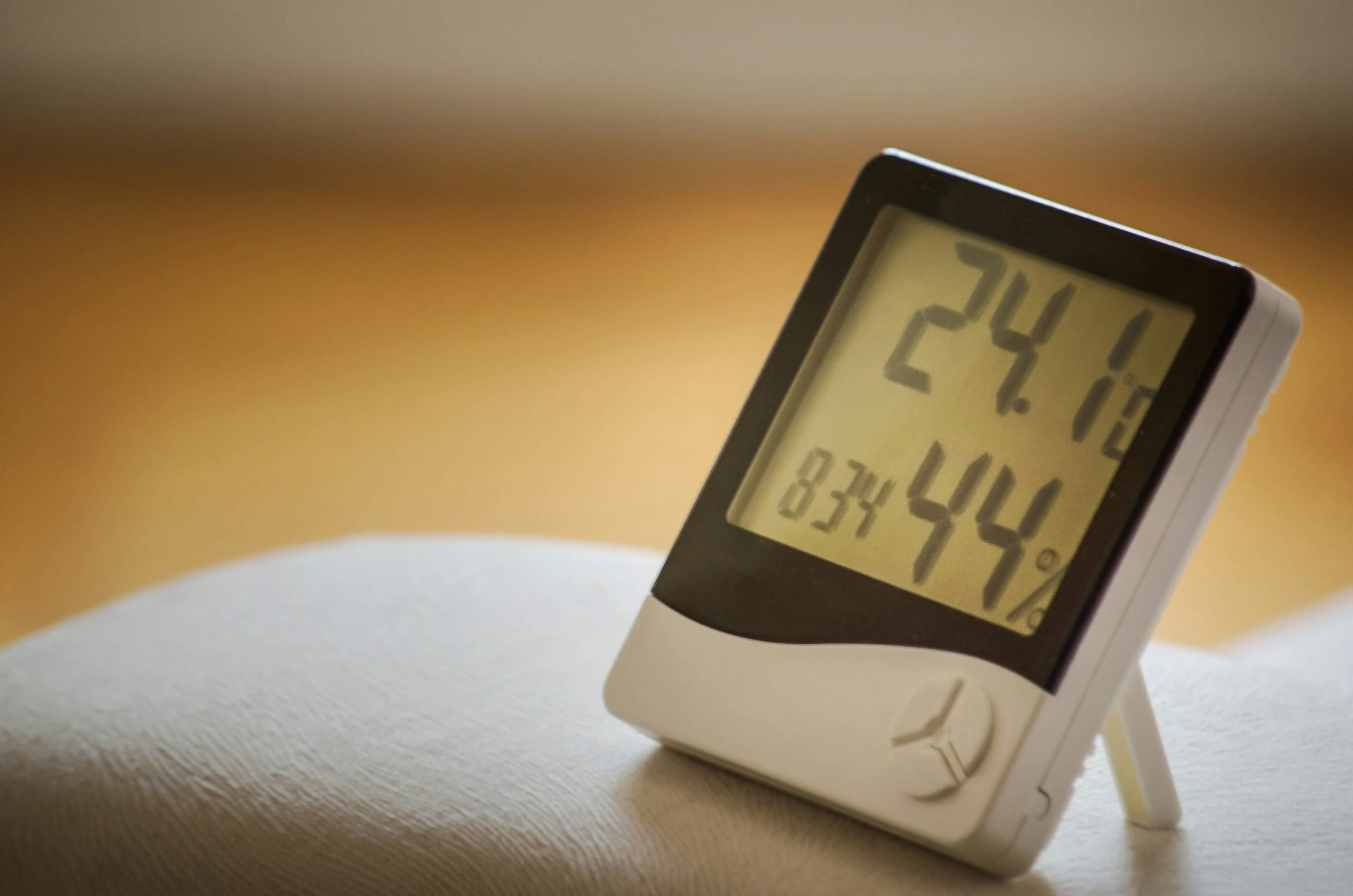
Prevention is always better, and more effective than cure and keeping your caravan damp free can be relatively easy with the right preventative measures. Since damp can accumulate gradually over time, it is crucial to prevent it as much as possible. Early detection of damp or water ingress not only helps you avoid costly repair bills, but also allows for quicker, more straightforward solutions.
Before winter fully sets in, inspect your caravan for any internal and external issues such as cracks and broken or loose components that could allow water inside.
Look at the doors and windows, including the seals around the doors and windows for any damage. Check there are no signs of water ingress or damp, characterised by rot, damp smells, loss of heat or watermarks.
Don’t forget to also look for rust. As rust weakens the structure of the metal, it can become holey and potentially let water in.
You should check your caravan’s seals annually and inspect and reseal areas prone to leaks at least once a year.
If you are storing your caravan during the winter, make sure it’s dry, well-ventilated, and protected from harsh weather.
Try to keep your caravan well-ventilated by opening windows after taking warm showers or boiling water for cooking. Also take advantage of your vents and keep the fans on whilst you are showering, cooking and drying your clothes inside the caravan.
With proper ventilation, you will be able to remove unwanted moisture. Try to avoid creating too much steam in your caravan.
Wipe down surfaces with condensation on.
You may wake up to find your caravan’s windows covered in condensation. Either open them or wipe them down with a microfibre cloth. Condensation is particularly likely to occur when you warm up your caravan for the first time this winter. Simply wipe down the back of cupboards, ceilings and walls where condensation has built up.
On completion of cooking and washing up, wipe down any walls or cupboards where moisture might still linger. This is the same for showering, wipe down any surfaces in your washroom once you have showered. If you have a skylight in your washroom then have this open whilst you’re showering.
Invest in a hygrometer.
Hygrometers measure how moist the air is as well as the known humidity level. Hygrometers measure how moist the air is, known as the humidity level. 100% humidity is extremely wet; 0% is completely dry. Mould grows at around 60% humidity and above, so to stop mould forming, try to keep the humidity level below this.
They are cheap and can show you what is causing the humidity in your caravan to rise whether it’s drying laundry inside or cooking, as well as what causes it to fall such as opening windows and turning on extractor fans.
Whilst opening windows and using vents are effective, you are probably not keen to have windows open for long during winter. This isn’t an issue as you can also combat excess moisture with a dehumidifier.
Dehumidifiers reduce the amount of moisture in the air. They can help resolve condensation issues in your caravan. Set your dehumidifier to under 60% humidity if possible. Close your doors and windows in the room where the dehumidifier is on, and it will work more efficiently. Buy a dehumidifier that will remove at least 5 litres of water every 24 hours.
Keep your caravan as warm and dry as possible.
Do this with a warm air fan or a caravan heater but make sure you gradually heat your caravan. This will help tackle excess moisture. Maintain a steady level of heating.
Having a poorly insulated caravan will mean warm air can escape. Proper insulation is important when it comes to making sure your caravan stays warm. It will also save you money in the long run as you won’t have to constantly be pumping your caravan with warm air.
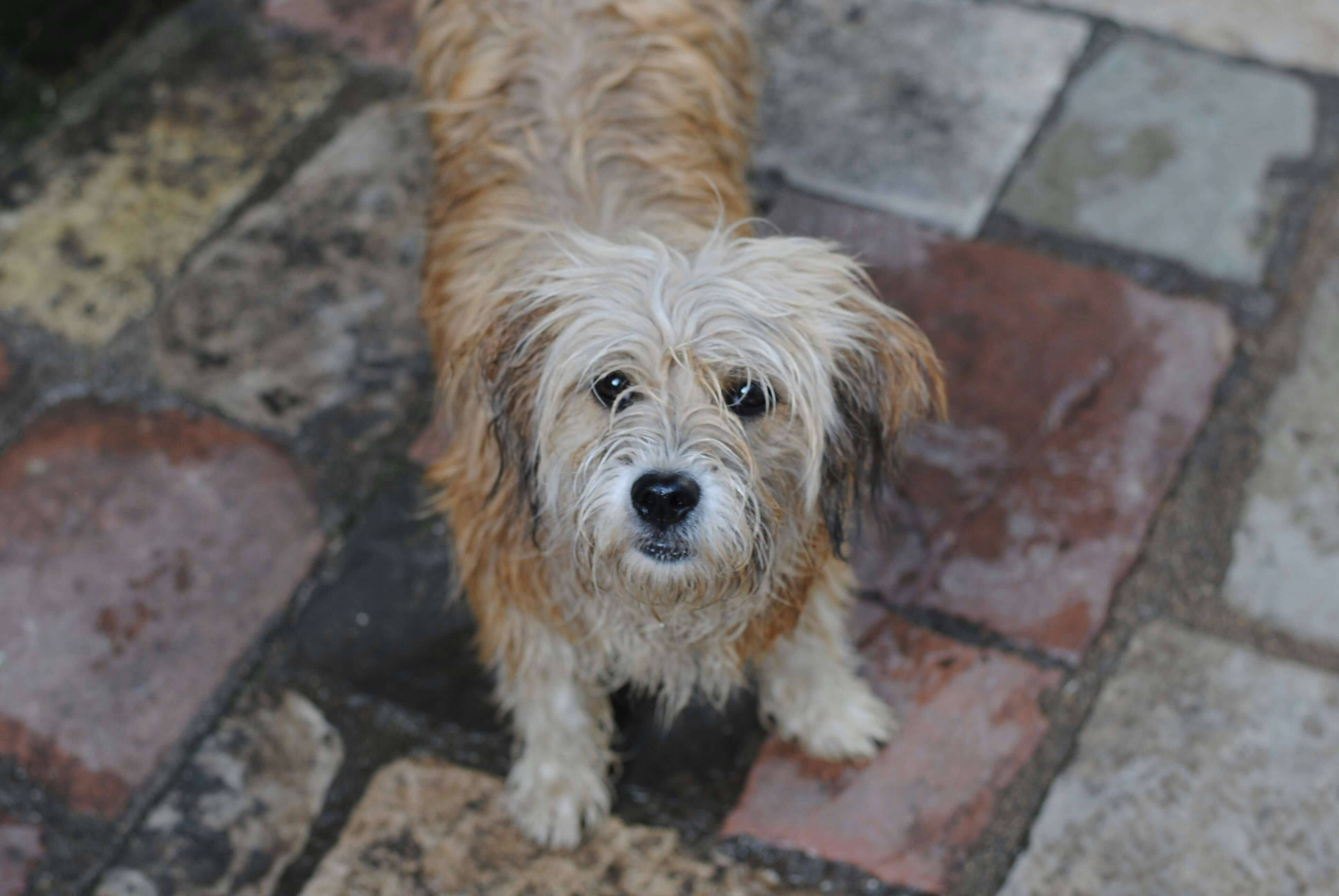
Avoid bringing wet items into your caravan.
If you have wet clothes, towels or swimsuits etc then instead of bringing them inside, store them in your awning if you have one. If you can, air and dry damp towels outside before returning them to your washroom and make use of the laundry facilities available on your campsite.
Make sure to also dry down your dogs if they are wet.
Properly prepare your caravan for winter storage.
Remove all your bedding, towels, cushions and clothing. Keep your wardrobe and cupboard doors slightly ajar to improve air circulation. Use moisture traps in areas with minimal air circulation.
Pull your furniture away from the sides of your caravan to further promote air movement. Don’t cover any of your vents even if you can feel air coming in – air circulation and ventilation are really important.
Get a breathable caravan cover to give you an extra layer of protection against brutal British winter weather.
When checking on your caravan in storage, turn on the heating for a short time and open windows to let the air move around inside.
My Caravan is Already Damp and Mouldy, How Do I Treat This?
Identify the source of the damp.
If, when feeling the caravan walls, you feel a soft, spongy section, or can see bubbling or blistering of the plastic wallboard covering, then this could be a sign of water ingress. Please note, spongy floors are sometimes attributed to damp but are often caused by delamination.
Look for visual clues such as dark stains, mould, mildew or bubbling wallpaper. A persistent musty smell can also indicate hidden damp.
In a caravan, damp can come from several sources such as leaky seals. Check all your windows, doors, roof vents and seams. If the seals are worn out or cracked, they may allow water to seep in.
Roof or wall damage manifesting as holes, cracks as well as damage to your caravan’s external body may allow water in.
Leaks from sinks, showers and toilets can also cause internal dampness.
Fix any leaks and repair any damage.
Apply a fresh layer of caravan-grade sealant or silicone to windows, doors and roof lights.
Patch any cracks in the caravan body and roof by using the appropriate sealant or repair kit. When it comes to the roof, check for damage that may be causing water ingress. Fix it with specialised roof sealant or adhesive tape.
Repair any leaky pipes, taps or shower units.
Dry out affected areas.
Place moisture absorbers in areas prone to condensation such as under beds or in cupboards. Silica gel works well.
Use a fan heater to dry damp areas quickly being careful not to overheat your caravan or cause any fire hazards.
If you have the space, leave large bowls of salt in your caravan. The salt will draw out moisture from the air and so will prevent further damp. Put the salt into the oven at a medium temperature to dry it out, so you can reuse it.
Keep your caravan clean.
Clean the affected areas with a mould remover or mixture of water and white vinegar. Clean and disinfect areas where mould has stated growing. After cleaning use an anti-mould spray for prevention. You can also get anti-mould paint which you can apply after cleaning the mould off.
Keeping your caravan clean will also help you detect early signs of mould. When it comes to cleaning the outside of your caravan, don’t use a power wash as this can damage the seals and cause water ingress.
Monitor the damp problem long-term.
Regularly check for new damp issues and use a damp meter every few months. Early detection helps prevent further damage.
If you don’t use your caravan for long periods of time then it’s worth opening it up occasionally to air it out, otherwise moisture will be trapped.
If you suspect damp is a problem and your caravan is still within warranty, you should alert your dealer right away. Avoid conducting any inspections or attempting repairs yourself, as this may invalidate your warranty. Unfortunately, damp is a common issue that many caravans experience over time, but following this guide can help you prevent it as much as possible, or at least catch it with regular checks.
At Eversure, we provide comprehensive caravan insurance for both touring and static caravans and protect against theft, accidental damage, storms, fires and floods. Insure your caravan with us today and enjoy your winter caravanning adventure knowing you’re covered.